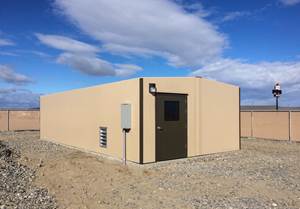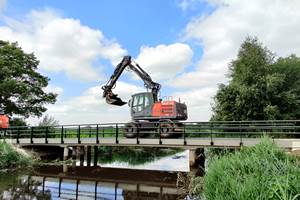AVK report predicts modest GRP growth in Europe
Glass-reinforced plastics (GRP) manufacturing in Europe is expected to expand by 2% in 2017, totaling 1.118 million tonnes.
The Industrievereinigung Verstärkte Kunststoffe (AVK; Frankfurt, Germany) has published this year’s market report for glass fiber-reinforced plastics (GRP). In the European countries included in the 2017 study, the GRP market is expected to grow by around 2% compared to 2016, with production forecast to total 1.118 million tonnes. AVK says growth has thus stabilized in this largest segment of the fiber-reinforced plastics and composites industry. Germany remains the European country with the largest GRP production in absolute terms, and has the strongest growth.
As in previous years, the “European GRP Market Report 2017” analyzes those European countries for which production figures can be recorded and validated. Turkey is also included but the data are stated separately. The GRP materials considered include all GRP with a thermoset matrix and, in the thermoplastics market, glass mat-reinforced thermoplastics (GMT) and long fiber-reinforced thermoplastics (LFT). Data on European production of short fiber-reinforced thermoplastics are only available as an overall quantity and therefore stated separately.
The trends differ from country to country, as well as in terms of the major manufacturing processes and materials used. xThe largest buyers of GRP components continue to be the transport/mobility and construction sectors. These each consume around one-third of total production and play a major role in national economies. The key role played by these two most important sectors in national economies is one reason why the production of GRP tends to follow the long-term growth trend in GDP. Although there is still excellent potential for new applications, GRP materials are already standard products. The diverse nature of the market means that fluctuations in the individual customer industries are usually “smoothed out” by applications in the others.
GRP production in Europe continues to grow but is expected to lag behind the global trend. Growth in global production volume is greater than 2%. As a result, Europe’s share of global production continues to fall despite the positive trend in absolute terms.
SMC/BMC:
SMC (sheet molding compound) and BMC (bulk molding compound) components account for around one-quarter of total production and are the largest market segment of the GRP industry. Semi-finished products manufactured using pressing (SMC) and injection molding (BMC) processes are turned into components that are used primarily in the electrical/electronic and transport sectors, especially in the automotive industry. This year, the SMC/BMC sector is growing slightly more slowly than last year at a rate of 2.2%. Total production volume this year will be 280,000 tonnes, of which over two-thirds is SMC.
Open Mold/Open Processes:
Open processes like hand lay-up and spray-up continue to be the second largest segment in the European GRP market with total production of 238,000 tonnes. The segment’s trend of comparatively weak growth over recent years continues and is less than 1% in 2017. The larger of the two segments – hand lay-up – is stagnant.
Typical products include housings for wind turbines, swimming pools, boat hulls or attachments, add-on components for special vehicles, prototypes and molds. Parts using these materials are also found in the construction/infrastructure sectors, e.g., in facades.
RTM:
The segment of components manufactured using the RTM (resin transfer molding) process has continued its trend of stronger-than-average growth. Expanding at a rate of 3.5%, it now produces a total of 146,000 tonnes. As in previous years, this category includes all components manufactured using a closed mold. Today, many versions of these production technologies have already reached the market. Applications include vehicle construction, housings for wind turbines, boat and ship building as well as the sport and leisure sector.
Continuous Processing:
The production of GRP components using continuous processing (pultrusion) grew by 5% in 2017 – the strongest growth of any sector. This continues the positive trend of recent years. Total production volume is now in the range of 146,000 tonnes. These products have been used in vehicles for many years, primarily in truck side panels, caravan superstructures or the conversion of commercial vehicles. They are supplemented by applications in the facade sector. The market for GRP pultrusion profiles had the strongest growth rate (6%) in the European GRP industry and now has a production volume of 53,000 tonnes. The largest applications in the segment, each with about a 20% share of the market for pultrusion components, are the consumer/private sector and the construction industry. Typical applications for GRP profiles currently include the production of bridge elements, support or cable duct systems, railings, steps in plant construction and certain areas of the transport industry.
Pipes and Tanks:
After last year’s stagnation in production volume, the GRP market segment of pipes and tanks manufactured using centrifugal casting or filament winding processes is the only area of European GRP to decline this year. The total volume fell by 2% to 145,000 tonnes. GRP pipes and tanks are principally used in plant construction and public/private pipelines as well as by customers in the oil/gas and chemicals industries.
GMT/LFT:
In 2017, the markets for glass mat-reinforced thermoplastics (GMT) and long fiber-reinforced thermoplastics (LFT) have continued their above-average growth at a rate of 3.6%, although this is slightly slower than last year. The trend of recent years means that the market share of GMT/LFT products in relation to the total GRP market has risen from 5% in 2000 to 13% today. The total production of 145,000 tonnes in the segment is split between LFT and GMT in a ratio of around 2:1, with the proportion of LFT rising. These data also include continuous fiber-reinforced materials such as organosheets and tapes. Typical applications for these products include underbody protection, bumpers, instrument panels or seat structures.
Despite the different trends in the markets for the various manufacturing processes, the proportions of GRP used by the major application industries in Europe remain the same as last year. The transport and construction sectors each consume one third of total production. Other application industries include the electrical/electronics sector and the sport and leisure segment (see Fig. 3).


Click here to download “European GRP Market Report 2017.”
Related Content
Composite buildings go monocoque
Superior protection from the elements plus fast, affordable installation and maintenance have quickly made Orenco Composites’ DuraFiber buildings an attractive choice for water and wastewater, communications, transportation and power industry outbuildings.
Read MoreRefurbishing bridges at half the time, cost versus replacement
Instead of demolishing and rebuilding bridges, SUREbridge doubles the strength and durability of existing structures with an FRP deck for a smart, sustainable solution.
Read MoreCW Tech Days webinar addresses emerging composites opportunities in infrastructure, construction
Attend this Dec. 1st interactive webinar sponsored by Composites One, where experts will review and evaluate the composite materials, processes and applications that should and will be considered for use in these markets.
Read MoreComposite rebar for future infrastructure
GFRP eliminates risk of corrosion and increases durability fourfold for reinforced concrete that meets future demands as traffic, urbanization and extreme weather increase.
Read MoreRead Next
From the CW Archives: The tale of the thermoplastic cryotank
In 2006, guest columnist Bob Hartunian related the story of his efforts two decades prior, while at McDonnell Douglas, to develop a thermoplastic composite crytank for hydrogen storage. He learned a lot of lessons.
Read MoreComposites end markets: Energy (2024)
Composites are used widely in oil/gas, wind and other renewable energy applications. Despite market challenges, growth potential and innovation for composites continue.
Read MoreCW’s 2024 Top Shops survey offers new approach to benchmarking
Respondents that complete the survey by April 30, 2024, have the chance to be recognized as an honoree.
Read More

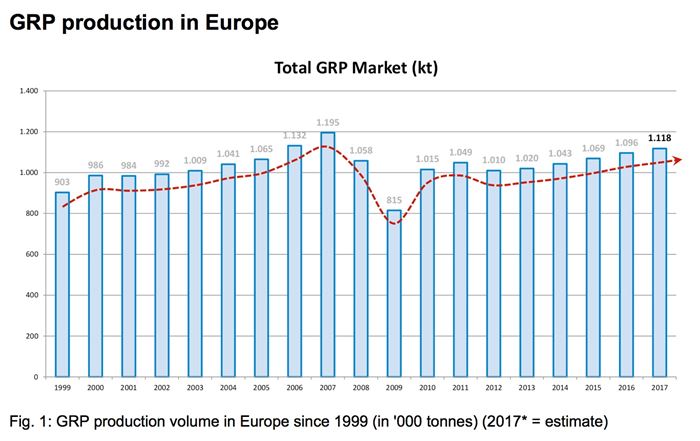
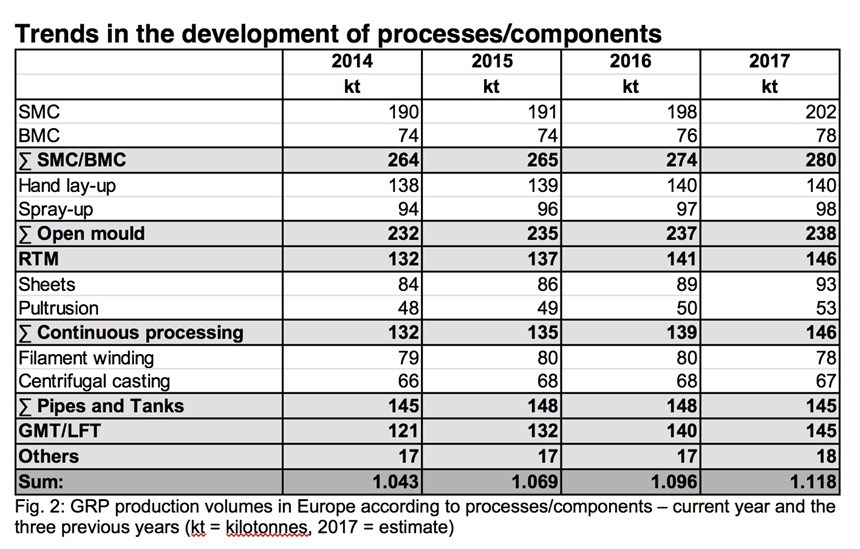

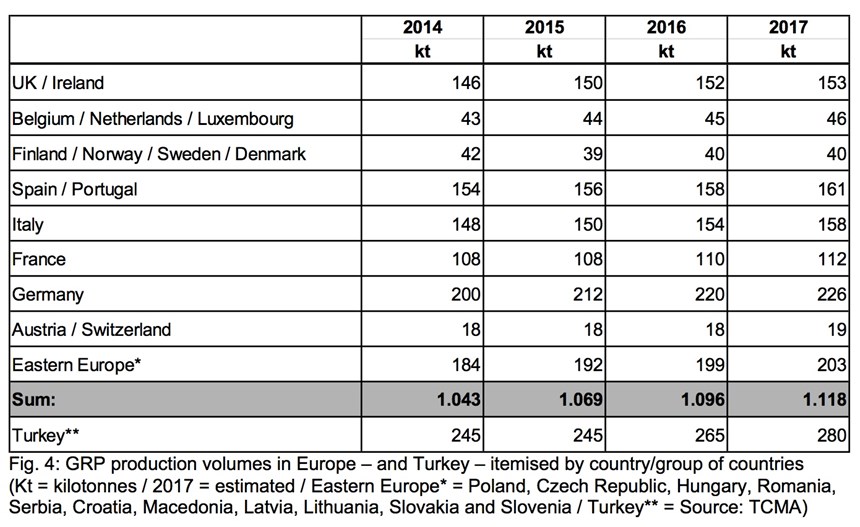






.jpg;maxWidth=300;quality=90)











